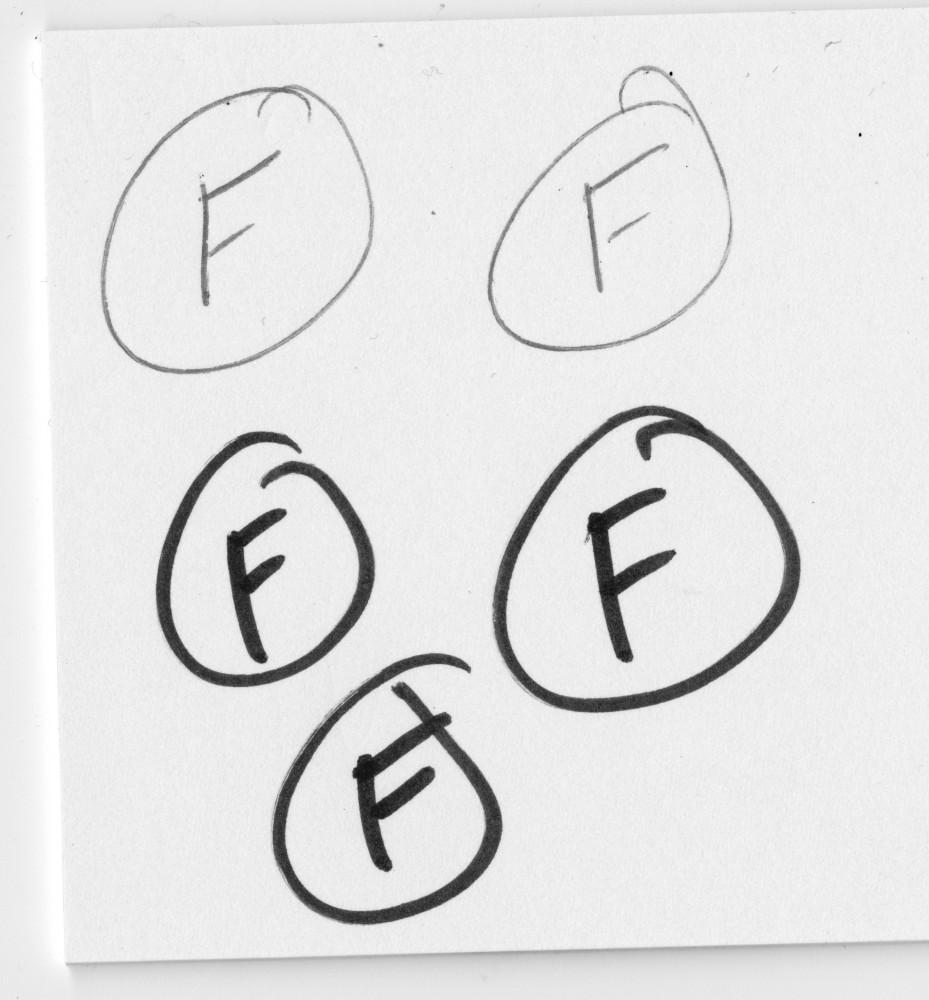Why students flunk classes

Mar 30, 2017
Every year, a portion of Grand Valley State University students fail their classes, and some even fail out of the university entirely.
According to statistics provided by the Office of Institutional Analysis (OIA), from the fall 2015 semester to the winter 2016 semester, there were a total of 26,850 students enrolled at GVSU. Of that number, 2,888, or 10.75 percent, received a failing grade in at least one course.
Caleb Baird, a senior theatre major at GVSU, said throughout his college experience, he has only failed two classes, both being general education requirements.
“In many of my general education classes, I noticed a trend of overpowering busy work and limited cognitive thinking,” Baird said. “I found it very difficult to apply myself to assignments that I felt were not applicable to the curriculum and more designed to give us something to do to fill time.”
Baird said although general education courses were necessary to earn credits, they added little to his college experience.
“They felt more like a continuation of high school classes than college-level classes,” he said. “I couldn’t get interested, partially because the subjects weren’t related to my major but also because the material was not mentally stimulating.”
Every student at GVSU must have a cumulative GPA of 2.000 or higher to be in good standing. Freshman students with a cumulative GPA between 1.501 and 1.999 will be placed on probation, as well as sophomores with a cumulative GPA between 1.801 and 1.999.
Baird said he was placed on academic probation during the 2015-16 academic year, during which time he was taking mostly general education courses.
Freshmen with a cumulative GPA of 1.500 or lower, and sophomores with a cumulative GPA or 1.800 or lower, will be placed in jeopardy of dismissal. Juniors and seniors with a cumulative GPA below 2.000 will also be placed in jeopardy of dismissal.
From the fall of 2015 to the winter of 2016, 568 (2.11 percent) of students were put on academic probation, while 298 students, or 1.11 percent of students, were dismissed.
“There is not a particular major that stands out to have more students that are dismissed or have failed grades,” said Rachael Passarelli, research analyst for the OIA, via email. “It is pretty dispersed among majors.”
Once a student is placed on academic probation, is it recommended that they meet with an academic advisor to complete an assessment plan. This allows students to identify areas where they need extra support.
Len O’Kelly, assistant professor of multimedia journalism at GVSU, said the primary reason students fail is because they don’t ask for help.
“Whether it’s because they don’t know where to go or don’t feel they can ask, I don’t know,” O’Kelly said via email. “I think that in every case where I have had to fail a student in a class, it was a situation that could have been avoided through time spent talking through it during office hours. Help is there if students are willing to seek it.”
GVSU has a variety of campus resources designed to help students succeed. The university offers disability support resources, tutoring centers and learning skills services.
“Take advantage of services such as the Knowledge Market,” O’Kelly said. “Students can get help from other students who are trained to give assistance in writing, speech, research and data.”
Professors are also an important resource for students on campus. O’Kelly said visiting and meeting with professors early on can help to prevent a student from failing.
“Seriously, visiting with and meeting their professors is important,” he said. “Generally, the students that spend the most time talking with me are the ones that need it least, if that makes sense. If by the end of the semester I still have a hard time putting a name to your face, it’s going to be harder for me to understand your circumstances.”

























